According to the McKinsey Global Institute, by 2030, about 30% of current labor activities in the US could be automated. However, AI also opens up new job opportunities. The problem lies in preparing the human resources to meet these requirements.
AI has gone from the realm of science fiction to an integral part of everyday life, from online shopping recommendations to automated customer service. But this development is a double-edged sword: while AI creates new opportunities, it also poses the risk of replacing human labor, especially in repetitive and data-driven tasks.
According to research from the McKinsey Global Institute, about 30% of current labor activities in the US could be automated by 2030. While this number is alarming, AI also opens up new job opportunities in fields such as data science, AI engineering, and cybersecurity. The challenge lies in preparing the workforce to meet these new demands.

Here are six ways governments and businesses can work together to help workers adapt and thrive in the AI era:
Building a foundation of programming knowledge
Integrating programming into education : The workforce of the future will need to be proficient in the language of technology. It is essential to incorporate mandatory programming classes into secondary education . Languages like Python, with their simple syntax and powerful libraries for AI and machine learning, are a great place to start.
Develops critical thinking skills: Programming not only helps students understand technology, but also develops critical thinking and problem-solving skills - skills that are essential in many careers.
Expanding access to free AI courses
Access to AI tools: Generative AI platforms like OpenAI’s ChatGPT or Google’s Gemini are revolutionizing content creation. Offering free courses and certifications on how to use these platforms could help make AI more mainstream.
Promote Prompt Engineering: These courses should include advanced skills, such as how to design input commands to achieve desired results from AI tools, opening up new opportunities for diverse user groups, from small business owners to freelance writers.
Organize Hackathons to promote innovation and discover talent
Skills Development and Talent Acquisition: Hackathons are intensive coding events where teams build innovative solutions. They are an effective way to develop skills and identify talent. Governments and businesses should coordinate hackathons to find suitable candidates for job vacancies.
Collaborative solutions: Open, free-to-participate hackathons can help create innovative solutions to real-world problems, like AI-based medical diagnostics or smart traffic management systems.
Arousing curiosity through technology education
Public tech talks: AI can be intimidating for many people. Hosting free talks to showcase technological innovations can help bridge this gap, spark curiosity, and encourage people to learn basic skills.
Empowering the public: With about 70% of the global population using smartphones, improving basic understanding of the technology not only increases efficiency but also improves awareness of information security and privacy.
Invest in lifelong learning
Continuous learning opportunities: Learning should not stop after graduation. As technology changes, our skills must evolve too. Governments and businesses should promote a culture of lifelong learning through free or subsidized online courses, upskilling programs, and micro-credentials.
Adapting to change: For example, a factory worker displaced by automation may transition to a technician role after participating in upskilling programs.
Collaboration is the key to success
Joint efforts in workforce development: Preparing the workforce for the AI era requires cooperation between government, business and educational institutions. Government can fund and provide infrastructure for training programs, while businesses provide practical application opportunities.
Hands-on programs: To address the high cost of education, hands-on training programs in AI and data science can help students earn a salary while gaining real-world skills.
The AI era brings enormous opportunities, but it also brings with it the risk of job loss. To ensure that AI complements rather than replaces humans, concerted action is needed between governments, businesses, and educational institutions.
By prioritizing education, lifelong learning, and a culture of collaboration, we can turn AI into a force for human progress rather than a threat to jobs. The future of work is being shaped today, and only through united efforts can we ensure a prosperous and inclusive future for all.
(Source: Forbes)
Source: https://vietnamnet.vn/6-ways-to-strengthen-human-power-before-the-development-of-ai-2365011.html


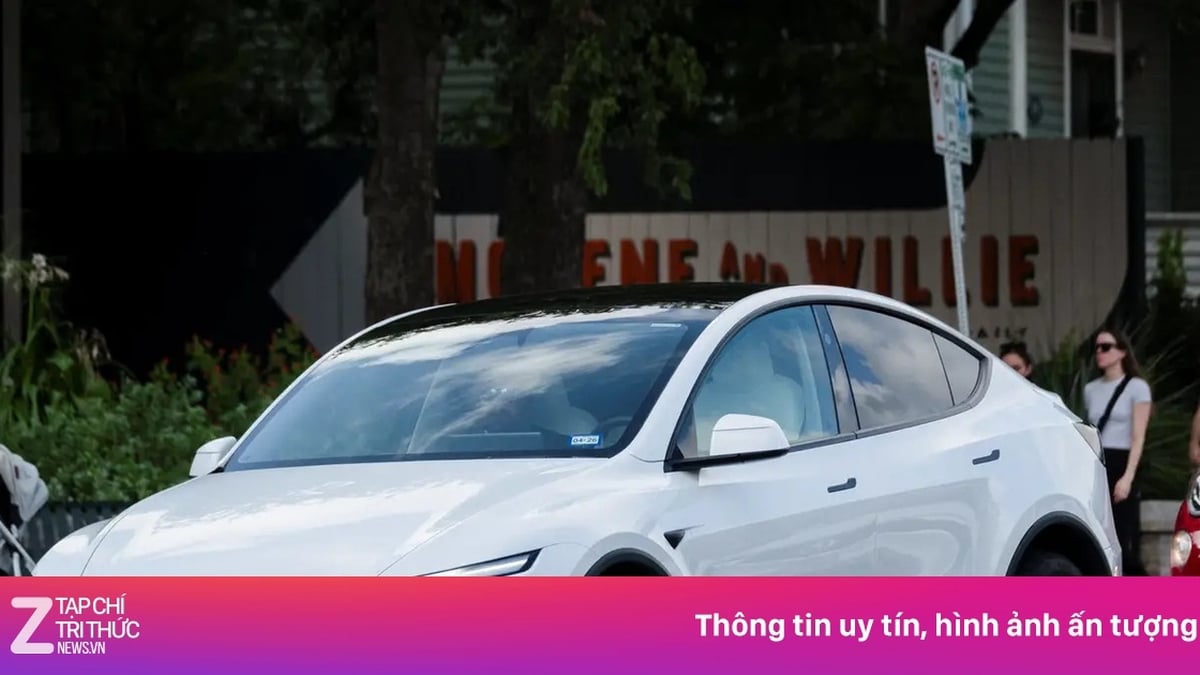
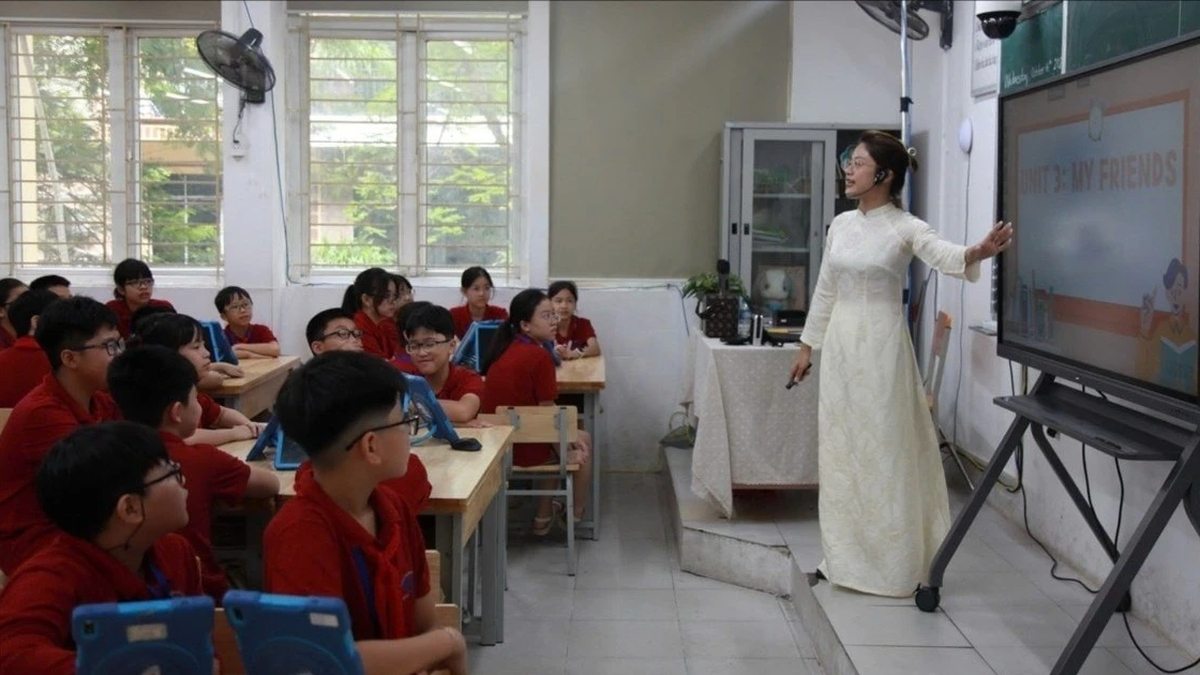

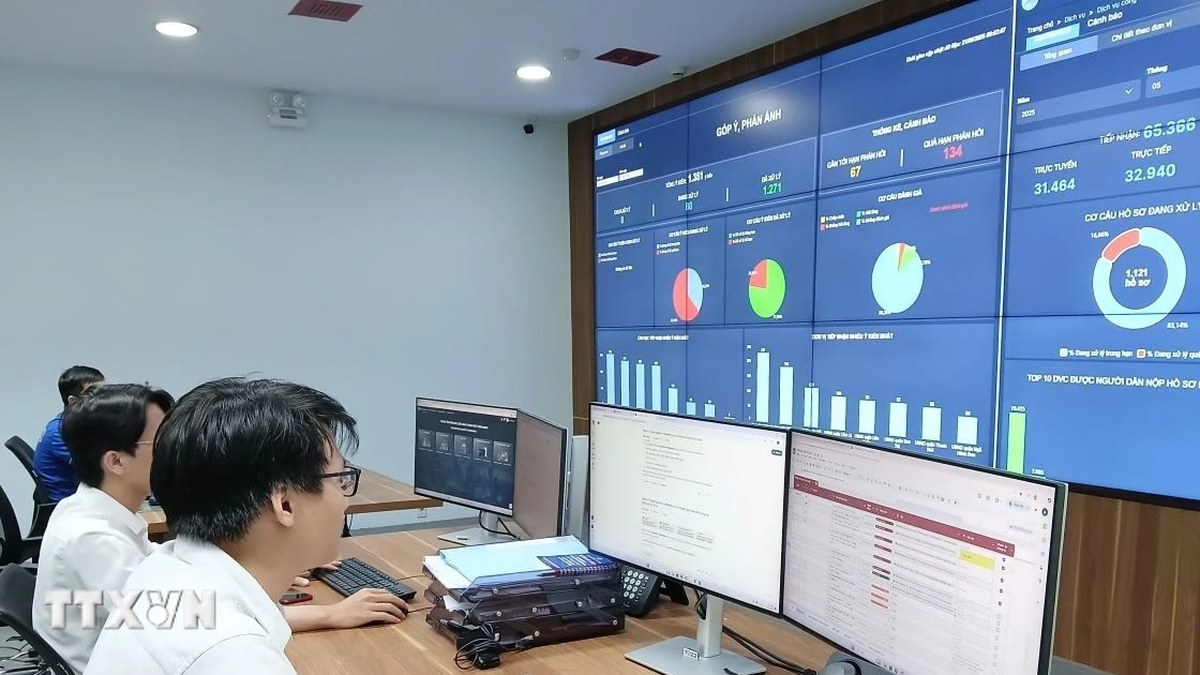
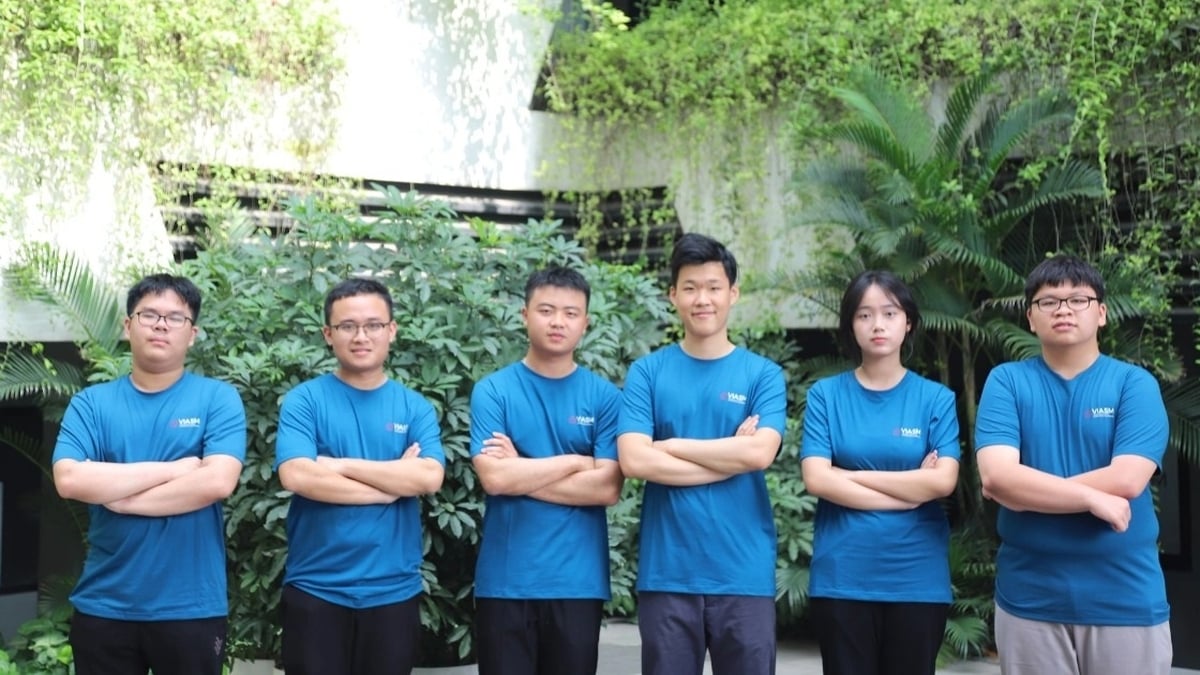
























































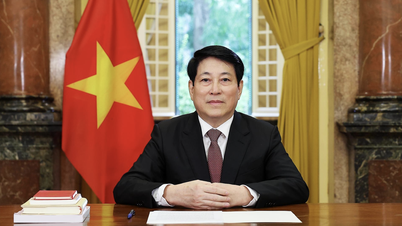



































Comment (0)